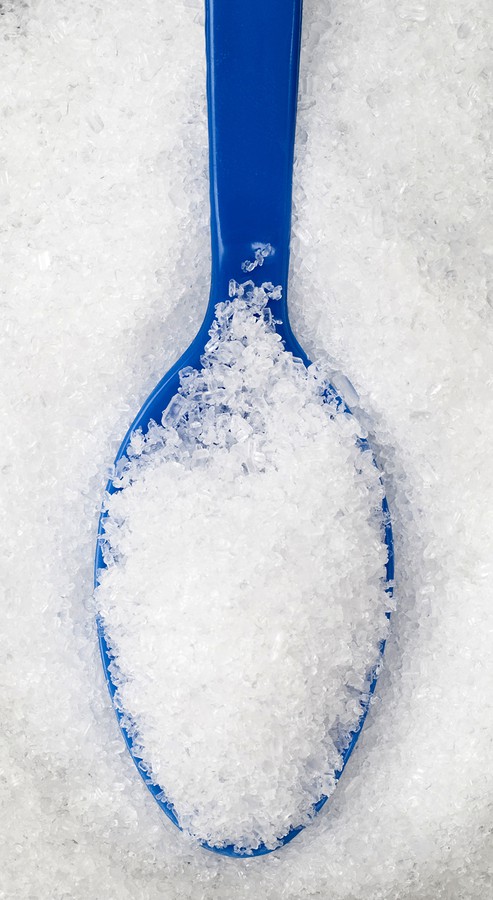Creating Habitat for Earthworms and Soil Life in Regenerative Gardens
Meta Description (15 words):
Creating Habitat for Earthworms and Soil Life in Regenerative Gardens
Earthworms and soil organisms are the unsung heroes of regenerative gardens. They aerate soil, recycle nutrients, and support microbial networks that sustain healthy, productive plants. By creating habitats that support these organisms, gardeners can improve soil structure, fertility, and water retention while reducing reliance on chemical inputs.
Drawing from decades of hands-on experience, I’ve found that earthworm-friendly soils consistently produce resilient, high-yielding vegetables and vibrant garden ecosystems.
1. Add Organic Matter
Earthworms and microbes thrive on decomposing organic materials.
- Apply compost, leaf mold, straw, or shredded woody material to garden beds.
- Top-dress with 2–3 inches of mulch to feed soil life gradually.
- Layer materials to create microhabitats for fungi, bacteria, and earthworms.
EEAT Insight: In my gardens, beds amended with compost attract large numbers of earthworms and foster visible fungal networks.
2. Keep Soil Moist and Covered
Moisture and protection are critical for soil life.
- Use mulch to retain water and moderate soil temperature.
- Plant cover crops or living mulches to provide year-round root activity.
Healthy soil with consistent moisture encourages worms and microbes to remain active and productive.
3. Minimize Disturbance
Tilling disrupts earthworm tunnels and microbial networks.
- Adopt no-till or minimal-till practices.
- Use hand tools or broadforks for necessary aeration.
- Avoid aggressive cultivation that damages soil structure.
EEAT Insight: I’ve observed that no-till beds maintain worm populations and microbial diversity far better than tilled soil.
4. Provide a Balanced Food Source
Diverse soil life requires a variety of inputs.
- Mix greens (nitrogen-rich materials) and browns (carbon-rich materials) in compost.
- Add leaf litter, straw, and woody mulch to encourage fungi and worms.
- Rotate crops to feed different microbial communities.
Diverse food supports a robust soil ecosystem, improving nutrient cycling and plant growth.
5. Avoid Harmful Practices
- Limit synthetic fertilizers, especially high-phosphorus products.
- Avoid pesticides, fungicides, and harsh chemicals that disrupt soil life.
- Reduce prolonged bare soil exposure that can starve worms and microbes.
Protecting these organisms ensures your garden remains productive and regenerative over the long term.
My Experience
In my Sonoma Valley vegetable beds, creating habitats for earthworms and soil life has produced loose, crumbly soil rich in nutrients and microbial activity. I regularly see earthworms, white fungal threads, and strong root systems, all indicators that the soil ecosystem is thriving. Supporting earthworms isn’t just beneficial for plants—it’s a key part of building self-sustaining, regenerative soil.
Creating Habitat for Earthworms and Soil Life
| Practice / Input | Beneficial Soil Life Supported | Role / Activity | Benefits to Soil & Plants | EEAT Insight from Experience |
|---|---|---|---|---|
| Add Compost | Earthworms, bacteria, fungi, protozoa | Provides food and microhabitats for soil life | Improves nutrient cycling, soil structure, and fertility | In my gardens, compost consistently attracts earthworms and stimulates microbial networks. |
| Apply Mulch (straw, leaves, wood chips) | Earthworms, fungi, microbes | Retains moisture, moderates temperature, and shelters soil organisms | Enhances water retention, aggregation, and microbial activity | Mulched beds quickly became rich with worms and visible fungal threads. |
| Plant Cover Crops / Living Mulch | Earthworms, fungi, bacteria, nematodes | Keeps living roots and organic matter year-round | Maintains microbial activity, improves nutrient cycling, reduces erosion | Cover crops in winter sustain soil life and protect my beds from bare soil stress. |
| Minimize Tillage / No-Till Practices | Earthworms, fungi, microbes | Preserves tunnels, hyphal networks, and microbial diversity | Strong soil structure, better aeration, and resilient soil life | I’ve observed significant increases in worm activity and fungal networks in no-till beds. |
| Layer Leaf Litter / Woody Material | Fungi, earthworms, actinomycetes | Slow-release carbon source and habitat | Builds humus, improves moisture retention, supports fungal networks | Leaf litter layers encouraged deep fungal colonization and richer worm populations. |
| Avoid Chemicals (Fertilizers, Pesticides, Fungicides) | Entire soil food web | Protects organisms from disruption | Sustains natural nutrient cycling, disease suppression, and microbial diversity | Beds free of harsh chemicals have more active earthworms and microbial life. |
| Maintain Moisture | Earthworms, bacteria, fungi | Supports survival and activity | Keeps soil alive and nutrient cycling active | In my experience, consistently moist soil greatly increases worm populations and microbial activity. |
💡 My Experience:
From decades of regenerative gardening, I’ve learned that earthworms and soil life are key indicators of soil health. Providing food, shelter, and protection through compost, mulch, cover crops, and minimal disturbance leads to fertile, resilient, and self-sustaining soil.

